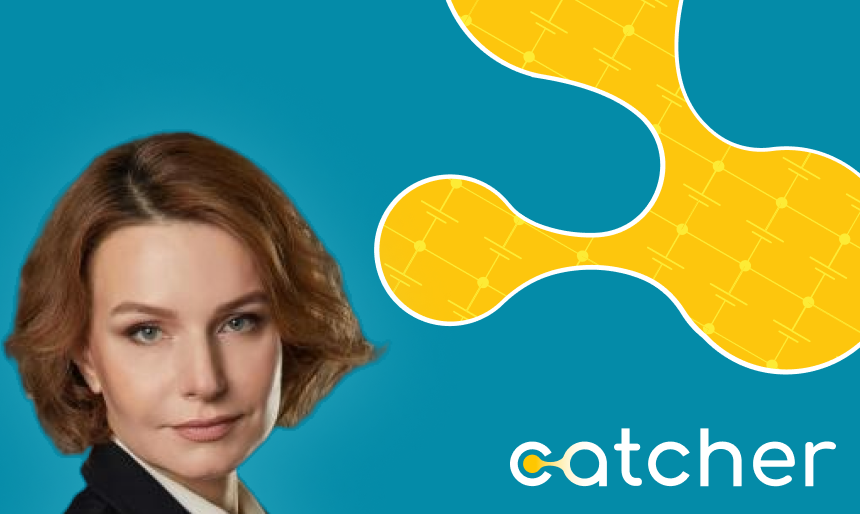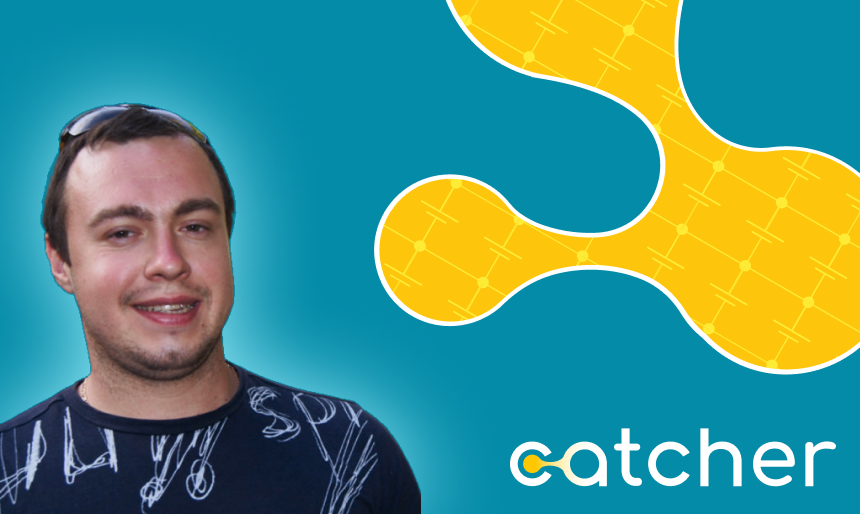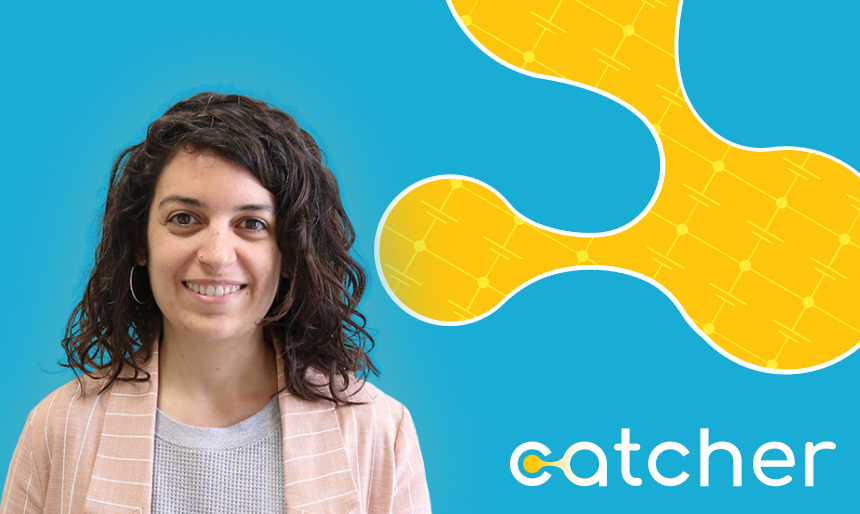
Meet the Team Interview: Leyla Kamyabi
Meet Leyla Kamyabi, who works for SYNYO, and is the Dissemination partner of the CATCHER project.
Firstly, tell us a bit about your organization
SYNYO is a private research and innovation enterprise located in Vienna, Austria. Having been involved in over 80 research projects, the interdisciplinary team at SYNYO plays roles throughout the entire project lifecycle—from basic investigations, requirements analyses, and concept design to technical implementation, validation, research dissemination, communication, and exploitation. Our work spans diverse fields such as security, health, education, sustainability, and digital transformation.
What is the motivation behind your organization getting involved in the CATCHER project?
SYNYO is committed to supporting groundbreaking technologies that have the potential to drive forward systemic change. The CATCHER project presents a unique opportunity to explore a completely new path in renewable energy production—one that could significantly impact energy access, especially in areas underserved by traditional infrastructure. Our motivation is to support this technological innovation by ensuring that it is aligned with real-world needs and that the value it creates is communicated effectively to relevant stakeholders and communities.
How is CATCHER different from other projects that are developing a renewable energy conversion technology?
While many projects focus on more established forms of renewable energy—like solar, wind, or hydrogen—CATCHER is pioneering a technology that directly converts atmospheric humidity into electricity. This concept, inspired by Tesla’s vision of capturing energy from the air, is both radical and promising. The use of the functional heterojunction effect to convert humidity adsorption energy into electrical energy sets CATCHER apart as a disruptive innovation that could complement and diversify the global renewable energy mix.
What do you hope to achieve through the project?
Through our work on CATCHER, we hope to ensure that the technology is not only technically viable but also socially relevant and accessible. Our goals include identifying potential use cases, engaging with key stakeholders, and ensuring that the technology is designed and communicated in a way that encourages adoption. Ultimately, we want to support the project in laying the foundation for a successful and inclusive energy innovation.
What do you see is the greatest challenge in the renewable energy sector?
One of the biggest challenges is the integration of new technologies into complex energy systems while ensuring affordability, scalability, and user acceptance. While technological innovation is advancing rapidly, societal and regulatory frameworks often lag behind. Bridging this gap requires not just engineering solutions, but also thoughtful engagement with users, policymakers, and local contexts. CATCHER’s flexibility and low infrastructure requirements give it a real advantage here, especially in non-urban or under-resourced environments.
What do you personally find most interesting about the CATCHER project?
As someone with a background in applied economics and impact assessment, I’m particularly fascinated by the potential of CATCHER to decentralise energy production and provide new value for communities that have been traditionally left out of energy innovation. It’s exciting to be part of a project that challenges conventional thinking and explores new frontiers in renewable energy—especially one that could bring tangible benefits to both urban and rural users alike.


